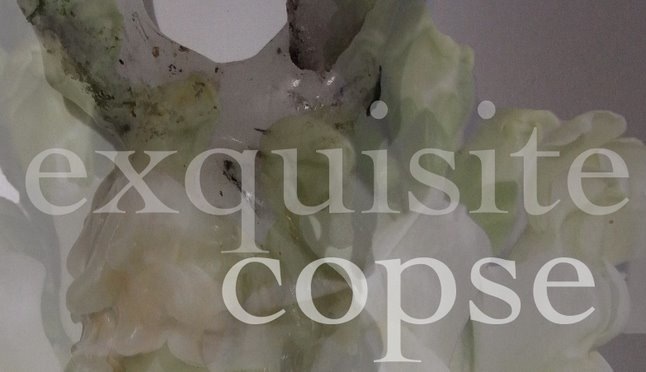
Just read about the great Disney rotoscoping scandal, which reminded me of (the also-rotoscoped) Waltz with Bashir. As with the g.d.r.s. - which people've carped has marred & bespoiled their childhoods etc. - rotoscoping in Bashir functions to suggest the difficulty of identifying w/ alien people, eras and experiences (including one's own past). Layering, overwriting and filtering, which techniques I've incidentally been lately mucking about with as I teach myself Photoshop, constitute both Bashir's subject (it's about protagonist/director Ari Folman's attempt to recover his own psychically-suppressed wartime biography) and its methodology. Besides metaphorising the soldiers' modes of parsing the horrible stuff they have to see & perpetrate, the overlaid animation stops the representation of war being too pornographically grimy or schmaltzily exploitative. Right at the end Folman deploys a couple of minutes of archive footage, footage which he's both 'earned' the right to use and schooled the viewer to (better) understand over the course of the movie.
The film capitalises on the uncanniness and increased ambiguity of rotoscoped faces. The way interviewees move, fidget, unconsciously itch their noses etc. makes it clear they're real, but the rotoscoping frustrates the viewer's impulse to look for evidence of what being in a war does to someone on their face or in their eyes. Freud (L. Freud, that is) has talked about the necessity - when painting nudes - of treating the head as another limb, Deleuze of the difference between head and face, & these nearly-faces blur that line, showing that while cartoons tend to be unambiguously hyper-expressive, they can also be eerily inscrutable. Obvs this is especially true of comic books, what w/ their being static & mute. Having recently done my culturally mandated reading of Watchmen and checked out From Hell too I'm suitably wowed by how Moore and his collaborators exploit comics' formal features to whodunnit &/or whydunnit ends.
Still haven't managed to see the celluloid Watchmen. Maybe what I'm most curious about is if/how it'll handle the bit where they relate Dr. Manhattan's biography after he decamps to Mars . The fact the narrative's related via still images distributed on a page is exploited to super-dazzling effect in this issue. Dr. Manhattan's an erstwhile mild-mannered physicist who, due to the drastically nuclear complications of an experiment, exists in a privileged relation to space, time and matter (past/present/future an open book, teleportation & the manipulation of reality's constituent atoms no problem etc.). The character's reminiscing, in part on account of a polaroid he's found, and the reader's meanwhile being filled in on his backstory, laid out in achronologically sequenced panels between which dense & various relations of causality and coincedence obtain (the book's very much about humanity's pattern-recognition/-formation capacities & their potential to redeem or damn us - hence Rorschach*). The visual rhymes, echoes, ironies etc. would survive the transition to cinema, but suspending stills against a white page's vacuum turns out to be such an effective way of conveying outer space's inert airlessness, the character's scrambled temporality & the fact that Merleau-Ponty's contention that
'the multiplicity of points or 'heres' can in the nature of things be constituted only by a chain of experiences in which on each occasion one and no more of them is presented as an object, & which itself is built up in the heart of this space. And, finally, far from my body's being for me no more than a fragment of space, there would be no space at all for me if I had no body'
doesn't hold as true as it ought for him that I can't really imagine a movie treatment matching up...
*sort of also what this blog's about; the pretty much all-surpassing and occasionally pernicious pleasure I acquire from tracing/recognising/asserting however-arbitrary linkages and associations between things


